Results 11,951 to 11,960 of 12089
Thread: Anandtech News
-
11-23-23, 09:35 AM #11951
Anandtech: G.Skill and V-Color Unveil Factory Overclocked ECC RDIMMs for Ryzen Thread
With the launch of AMD new Ryzen Threadripper 7000-series processors and associated TRX50 platform comes the need for new memory kits. Thanks to UDIMMs and RDIMMs requiring different slot designs under DDR5, AMD has opted to go exclusively with RDIMMs for their latest generation of Threadripper processors. Which for memory makers has included putting together overclockable registered memory modules with ECC that support EXPO timings, such as the kits G.Skill and V-Color have announced this week with their Zeta R5 Neo and v-color DDR5 OC R-DIMM memory kits.
G.Skill's Zeta R5 Neo product family and v-color's OC R-DIMM are exclusively designed for AMD's Ryzen Threadripper 7000-series processors. Both vendors are currently offering two types of kits: a 64 GB quad-channel kit consisting of four 16 GB RDIMMs, and a 128 GB quad-channel kit featuring four 32 GB RDIMMs. For systems using the TRX50 platform, a single kit suffices, while the high-end workstation-class WRX90 platform requires two of these quad-channel kits to fully populate all eight channels.
G.Skill's modules with ECC are rated for of DDR5-6400 CL32 39-39-102 at massive 1.40 Volts, whereas v-color promises data transfer rates of up to 7200 MT/s, never mentions timings or voltages, but stresses that its kits are aimed at TRX50-based machines.
G.Skill and v-color note that their overclockable RDIMMs, similar to other premium memory modules, are built using hand-selected memory ICs, making them better suited for overclocking. G.Skill's modules come with very basic heat spreaders, which in case of DDR5 may become a limiting factor for overclocking potential. By contrast, v-color's modules come with rather serious heat spreaders akin to those used for some server-grade modules.
All the overclockable RDIMM modules from G.Skill and v-color come with AMD's EXPO profiles for simplified setup, with G.Skill using DDR5-6400 CL32 timings, while v-color runs at DDR5-7200 at unspecified timings.
The exact overclocking potential of G.Skill's and v-color's Threadripper memory kits remain to be seen. The actual I/O die powering Threadripper is the same I/O die as AMD's other server processors, which is to say it's been optimized for stability over performance – not to mention supporting a much larger amount of memory. Still, as we've seen on AMD's consumer CPU platforms, the company's memory controllers are no slouches. All the while memory vendors are already offering high-clocked RDIMM kits for Intel's rival Sapphire Rapids Xeon platform.
G.Skill's Zeta R5 Neo memory kits designed for AMD's Ryzen Threadripper 7000-series processors are already available at Newegg: the 64 GB kit is priced at $530, whereas the 128GB kit costs $1,070. This is of course a huge price premium, but this can be explained by the fact that we are talking about unique memory kits designed for very specific high-end CPUs.
As for v-color's DDR5 OC R-DIMM memory kits for AMD's Ryzen Threadripper TRX50 platform, the company says that they will be available in November on its website.
Sources: G.Skill, v-color
More...
-
11-24-23, 03:18 PM #11952
Anandtech: Asus Intros GeForce RTX 4060 Ti Video Card With Integrated M.2 SSD Slot
Asus this week formally introduced its ASUS Dual GeForce RTX 4060 Ti SSD OC Edition 8 GB graphics card, an unusual video card that also offers an M.2 SSD slot. First showcased earlier this year, the card is aimed at small form factor systems, giving system builders access to a full-bandwidth M.2 slot for additional storage without having to occupy a second PCIe slot.
Just like other GeForce RTX 4060 Ti graphics cards, the Dual GeForce RTX 4060 Ti SSD is based on NVIDIA's AD106 GPU with 4352 CUDA cores (that can operate at up to 2595 MHz). But rather than wiring up all 16 PCIe lanes coming into the card to the GPU, Asus has wired up just 8, giving the GPU a PCIe 4.0 x8 interface while leaving the remaining 8 PCIe lanes to drive the M.2 slot.
An M.2 2280 slot is located on the backside of the card and can be easily accessed by the user. Internally, Asus is relying on PCIe bifurcation here, meaning there isn't a PCIe switch or bridge chip present. Rather, the M.2 slot is fed directly via the PCIe lanes, allowing it to run at up to PCIe 5.0 speeds. The cooling system of the graphics card can contact the SSD using a thermal pad, so the cooler of the Dual GeForce RTX 4060 Ti SSD can cool down the drive to ensure its consistent performance even under high loads.
Compared to a prototype board that Asus demonstrated back in June, Asus has simplified the final product. Specifically, whereas the prototype featured two M.2 slots – one of which required removal of the cooling system – the commercial product only has one M.2 slot on the back that is easy to access.
Internally, the use of PCIe bifurcation does present some additional complications. The host needs to support bifurcation of a single PCIe x16 link down to x8 + x8, which virtually all modern AMD and Intel platforms do (and indeed, this is how most of these systems drive multiple x16 slots). But there are the rare exceptions, particularly with entry-level platforms. And even then, bifurcation at the device level isn't something commonly used in consumer hardware, which is to say it's not always well-tested. To that end, Asus offers a list of its own motherboards that are guaranteed to support its Dual GeForce RTX 4060 Ti SSD graphics card.
Otherwise, the Dual GeForce RTX 4060 Ti SSD OC Edition 8GB is a fairly typical RTX 4060 Ti card. Additional power is supplied via an 8-pin PCIe power connector, and Asus offers the standard 3x DisplayPort 1.4a + 1x HDMI 2.1b video outputs. Meanwhile, cooling for the 2.5-slot wide card is provided by a pair of axial fans.
At this point, Asus has not announced a release date or a suggest price for the card. So it remains to be seen when it will become available.
More...
-
11-29-23, 02:07 PM #11953
Anandtech: Best Portable SSDs: Holiday 2023
Once the domain of external, bus-powered hard drives, these days the market for external storage has been almost completely consumed by portable SSDs. Rapid technological advancements in NAND flash technology (including the advent of 3D NAND) has allowed their capacity to eclipse 2.5-inch HDDs, all the while multiple improvements in host interface speeds (such as the move from USB 2.0 to 3.0, and onwards to 3.2 Gen 2 / Gen 2x2 / USB4) has made portable SSDs faster and more reliable than the hard drives they replace. All of which has helped to make portable SSDs the go-to solution for external storage, both big and small.
For our latest storage buyer's guide, we've rounded up some of the best portable SSDs we've looked at in the past couple of years. What's hot, what's not, and what's a good deal while still offering reasonable performance? We break that down and make our picks for the best portable SSDs on the market today.
More...
-
11-29-23, 02:07 PM #11954
Anandtech: The SeaSonic Focus GX-850 ATX 3.0 PSU Review: Cool, Quiet, and Robust
In the realm of power supply units (PSUs), the core underpinning of any high-performance computing system, seasoned market players have continually raised the bar in delivering efficient, reliable, and technologically superior products. One such stalwart in the PSU domain is SeaSonic, whose meticulous engineering and innovation have repeatedly set industry benchmarks.
In today’s review, we are having a look at the ATX 3.0 upgrade of SeaSonic’s revered Focus series, which epitomizes a fine balance between cost and performance aimed at catering to a broad spectrum of PC enthusiasts and builders. It is the successor of the Focus Plus series, which used to be SeaSonic’s most popular series over the past several years.
The new Focus GX series consists of five units with a power output ranging from 550 Watts to 1.000 Watts. It is the second most powerful unit of the series that we will be putting to the test, the Focus GX-850. SeaSonic is placing its marketing efforts mostly on the exceedingly long 10-year manufacturer’s warranty, its compact size, the 80Plus Gold efficiency certification, and the modular design.
More...
-
11-29-23, 08:19 PM #11955
Anandtech: Amazon Unveils Graviton4: A 96-Core ARM CPU with 536.7 GBps Memory Bandwid
Nowadays many cloud service providers design their own silicon, but Amazon Web Services (AWS) started to do this ahead of its rivals and by now its Annapurna Labs develops processors that can well compete with those from AMD and Intel. This week AWS introduced its Graviton4, a 96-core ARM-based system-on-chip (SoC) that promises to challenge renowned CPU designers and offer unprecedented performance to AWS clients.
"By focusing our chip designs on real workloads that matter to customers, we are able to deliver the most advanced cloud infrastructure to them," said David Brown, vice president of Compute and Networking at AWS. "Graviton4 marks the fourth generation we have delivered in just five years, and is the most powerful and energy efficient chip we have ever built for a broad range of workloads."
The AWS Graviton4 processor packs 96 cores that offer on average 30% higher compute performance compared to Graviton3 and is 40% faster in database applications as well as 45% faster in Java applications, according to Amazon. Given that Amazon did not reveal many details about its Graviton4, it is hard to attribute performance increases to any particular characteristics of the CPU.
Yet, NextPlatform believes that the processor uses Arm Neoverse V2 cores, which are more capable than V1 cores used in previous-generation AWS processors when it comes to instruction per clock (IPC). Furthermore, the new CPU is expected to be fabricated using one of TSMC's N4 process technologies (4nm-class), which offers a higher clock-speed potential than TSMC's N5 nodes.
"AWS Graviton4 instances are the fastest EC2 instances we have ever tested, and they are delivering outstanding performance across our most competitive and latency sensitive workloads," said Roman Visintine, lead cloud engineer at Epic. "We look forward to using Graviton4 to improve player experience and expand what is possible within Fortnite.”
In addition, the new processor features a revamped memory subsystem with a 536.7 GB/s peak bandwidth, which is 75% higher compared to the previous-generation AWS CPU. Higher memory bandwidth improves performance of CPUs in memory intensive applications, such as databases.
Meanwhile, such a major memory bandwidth improvement indicates that the new processor employs a memory subsystem with a higher number of channels compared to Graviton3, though AWS has not formally confirmed this.
Graviton4 will be featured in memory-optimized Amazon EC2 R8g instances, which is particularly useful to boost performance in high-end databases and analytics. Furthermore, these R8g instances provide up to three times more vCPUs and memory than Graviton 3-based R7g instances, enabling higher throughput for data processing, better scalability, faster results, and reduced costs. To ensure security of AWS EC2 instances, Amazon equipped all high-speed physical hardware interfaces of Graviton4 CPUs.
It should be noted that Amazon offers up to 64 vCPU cores with its R7g instances (i.e., one full Graviton3 CPU). Therefore, to offer 192 vCPU cores, Amazon will need to either install two 96-core CPUs into one server (which marks one of the world's first Armv9-based 2-way server design), enable three-way SMT on a 96-core CPU, or implement a very low-latency high-bandwidth interconnection between servers running 96-core cPUs.
Graviton4 R8g is currently in preview, these instances will be available widely in the coming months.
Sources: AWS, NextPlatform
More...
-
11-30-23, 10:25 AM #11956
Anandtech: Amazon's Trainium2 AI Accelerator Features 96 GB of HBM, Quadruples Traini
Amazon Web Services this week introduced Trainium2, its new accelerator for artificial intelligence (AI) workload that tangibly increases performance compared to its predecessor, enabling AWS to train foundation models (FMs) and large language models (LLMs) with up to trillions of parameters. In addition, AWS has set itself an ambitious goal to enable its clients to access massive 65 'AI' ExaFLOPS performance for their workloads.
The AWS Trainium2 is Amazon's 2nd Generation accelerator designed specifically for FMs and LLMs training. When compared to its predecessor, the original Trainium, it features four times higher training performance, two times higher performance per watt, and three times as much memory – for a total of 96GB of HBM. The chip designed by Amazon's Annapurna Labs is a multi-tile system-in-package featuring two compute tiles, four HBM memory stacks, and two chiplets whose purpose is undisclosed for now.
Amazon notably does not disclose specific performance numbers of its Trainium2, but it says that its Trn2 instances are scale-out with up to 100,000 Trainium2 chips to get up to 65 ExaFLOPS of low-precision compute performance for AI workloads. Which, working backwards, would put a single Trainium2 accelerator at roughly 650 TFLOPS. 65 EFLOPS is a level set to be achievable only on the highest-performing upcoming AI supercomputers, such as the Jupiter. Such scaling should dramatically reduce the training time for a 300-billion parameter large language model from months to weeks, according to AWS.
Amazon yet has to disclose the full specifications for Trainium2, but we'd be surprised if it didn't add some features on top of what the original Trainium already supports. As a reminder, that co-processor supports FP32, TF32, BF16, FP16, UINT8, and configurable FP8 data formats as well as delivers up to 190 TFLOPS of FP16/BF16 compute performance.
What is perhaps more important than pure performance numbers of a single AWS Trainium2 accelerators is that Amazon has partners, such as Anthropic, that are ready to deploy it.
"We are working closely with AWS to develop our future foundation models using Trainium chips," said Tom Brown, co-founder of Anthropic. "Trainium2 will help us build and train models at a very large scale, and we expect it to be at least 4x faster than first generation Trainium chips for some of our key workloads. Our collaboration with AWS will help organizations of all sizes unlock new possibilities, as they use Anthropic's state-of-the-art AI systems together with AWS’s secure, reliable cloud technology."
More...
-
12-04-23, 02:34 PM #11957
Anandtech: Amkor to Build $2 Billion Chip Packaging Fab in Arizona Primarily for Appl
Amkor, the world's second largest independent outsourced semiconductor assembly and test (OSAT) service provider, has announced their intention to build a new advanced chip packaging facility in the U.S. Carrying a price tag of around 2 billion dollars, the plant in Arizona will primarily serve to package chips produced by TSMC at its Fab 21 nearby.
Adding an interesting (and unusual) wrinkle to the announcement, the notoriously tight-lipped Apple also issued its own press release, officially confirming that it is set to become the largest customer of the facility. All of which has greatly raised the profile of the chip packaging plant.
Huge Packaging Facility
The planned facility will reside in a huge manufacturing campus covering 55 acres near Peoria, Arizona. Amkor does not disclose planned production capacity of the plant or technologies that it will support, but it says that it will serve automotive, high-performance computing, and mobile applications, so we can expect it to support a wide range of 2.5D and 3D packaging technologies.
Meanwhile, the company says that it its upcoming facility will feature 500,000 square feet (46,451 square meters) of cleanroom space when it is fully built and equipped. To some degree, the $2 billion investment implies that the plant will be quite vast. For example, TSMC's upcoming advanced manufacturing facility expected to come online in 2027 is set to cost $2.87 billion. The facility is expected to become operational in 2025 –2026 and employ some 2,000 people.
Amkor clearly aims that its Peoria facility will serve clients that produce chips at TSMC's Fab 21, which will greatly simplify their supply chain and will add value for those who need to develop, produce, and package chips in the United States. What is particularly important is that Amkor and Apple say they had worked in close partnership to design the strategic and manufacturing capacity aspects of the Peoria facility.
"Apple is committed to help build a new era of advanced manufacturing, right here in the US,” said Jeff Williams, Apple's chief operating officer in a statement. "Apple and Amkor have worked together for more than a decade packaging chips used extensively in all Apple products, and we are thrilled that this partnership will now deliver the largest OSAT advanced packaging facility in the United States."
This is where it gets interesting.
Tailored for Apple's Needs
This collaboration suggests that the factory will be specifically geared towards meeting Apple's requirements in the next few years. Apple will be the first and primary customer of this facility, utilizing it for packaging and testing chips from TSMC's nearby Fab 21.
"Apple silicon has unlocked new levels of performance for our users, enabling them to do things they could never do before, and we are thrilled that Apple silicon will soon be produced and packaged in Arizona," said Williams.
TSMC's Fab 21 phase 1 is now set to start making chips on 4 nm and 5 nm-class process technologies sometimes in 2025. Following this, the phase 2 of Fab 21 is expected to start producing chips on TSMC's 3 nm-class technologies sometimes in 2026. The timing of Amkor's facility becoming operational aligns with these developments, indicating that Apple will have a substantial need for packaging 3nm and 4nm-class chips around that time.
Typically, Apple is the first company to adopt TSMC's leading-edge technologies for use in high-volume products. For example, for this year's iPhone 15 Pro smartphones and MacBook Pro laptops, Apple uses TSMC's N3B fabrication process to make the A17 Pro, M3 Pro, and M3 Max SoCs. But at the same time Apple hasn't done a wholesale cutover to N3B; the company continues to use their N4-based A16 Pro and N5P-based M2 SoCs for its respective current-generation iPhone 15 and MacBook Air products. So Apple's total chip needs remain spread over multiple generations of nodes.
Ultimately, with TSMC's US fab set to remain a node behind its Taiwan fabs, the significant commitment from Apple to use Amkor's US packaging plant is a strong sign that the company will continue to make significant use of older nodes going forward.
CHIPS Funding
Finally, to ensure the advanced packaging project's success in the U.S., Amkor has applied for funding from the CHIPS program, which focuses on advanced chip packaging. The facility is a strong candidate for this government funding, as it will significantly strengthen the American semiconductor supply chain and enable TSMC’s Fab 21 customers in Arizona to access advanced packaging methods without having to transport their wafers out of state.
More...
-
12-04-23, 02:34 PM #11958
Anandtech: The Be Quiet! Dark Rock Elite CPU Cooler Review: Where Quiet Meets Quality
While stock coolers are adequate for handling the basic thermal load of a CPU, they often fall short in noise efficiency and cooling performance. For this reason, advanced users and system builders typically bypass stock coolers in favor of aftermarket solutions that better align with their specific requirements. The high-end segment of this market is exceptionally competitive, as manufacturers strive to offer the most effective cooling solutions.
Be Quiet!, established over two decades ago, has a reputation for quiet computing solutions. Initially making gradual progress, the company took significant strides after 2010, positioning itself as a leading manufacturer of advanced PC components and peripherals. Today, Be Quiet! boasts an extensive range of PC power and cooling products, with its particularly noteworthy air coolers.
In this review, we focus on the Dark Rock Elite, Be Quiet! 's formidable entry into the high-end CPU air cooler segment. This cooler is designed to rival top-tier models like the Noctua NH-D15, offering massive proportions for optimum cooling efficiency. The Dark Rock Elite is crafted to meet and exceed the demands of the most powerful mainstream CPUs, setting itself apart amidst fierce competition from various manufacturers. Our review will delve into the capabilities of the Dark Rock Elite and its place in the aftermarket cooling market.
More...
-
12-05-23, 01:24 PM #11959
Anandtech: Micron Intros 3500 NVMe SSD: 232L 3D TLC and Phison E25 for the OEM Market
Micron has been on a roll lately with new product introductions despite the downturn in the flash market. The company is currently the only NAND manufacturer shipping products based on 200+L 3D TLC in volume. Thanks to the advantage of higher bit density and rapid maturity in yields, Micron has better leeway in pricing and margins compared to its peers. As a result, we have had multiple 232L product launches in the enterprise (Micron 6500 ION), OEM (Micron 2550), and consumer (Crucial T700, Crucial T500) segments over the last year. In addition to higher bit density, the 232L 3D TLC NAND also delivers significant bandwidth improvements with its 6-plane architecture.
Micron is launching the 3500 NVMe SSD series today. It is the first PCIe Gen4 x4 232L 3D TLC NAND OEM drive in the market. Micron develops SSD platforms for client systems and markets them under the Crucial brand name for direct purchase by end-users. The company has also been releasing the same platforms under the Micron brand for OEMs and system integrators. Obviously, the validation cycles and OEM qualification requirements dictate a slightly different approach to the firmware compared to what is put into the Crucial drives. As a result, the advertised specifications may differ slightly for the same hardware platform based on the target market. The 3500 NVMe SSD utilizes the same hardware as the recently-released Crucial T500 - Micron's 232L 3D TLC NAND behind the Phison E25 controller operating in 4-channel mode, with the NAND configured for 2400 MT/s and dedicated DRAM on the drive for the flash translation layer (FTL).
Almost all of the key selling points of the Crucial T500 transfer themselves to the Micron 3500 NVMe SSD. These include class-leading bandwidth numbers saturating the Gen4 links and DirectStorage support. The peak reads are at 7 GBps instead of 7.4 GBps, but that is due to the nature of the systems dictated by OEM qualification requirements. Endurance numbers are the same as the T500's, but the warranty period is only 3 years (compared to the T500's 5 years). This actually translates to a higher DWPD rating for the drive, and is a typical demand of the OEMs who qualify these drives for use in their systems. The SSD's power consumption numbers and wake times from sleep are also geared for Intel's Project Athena certification - an aspect that is important for OEMs delivering high-performance notebooks. The target market for the 3500 NVMe SSD is high-end workstations and gaming systems. As a result, Micron's marketing numbers have focused on benchmarks such as SPECwpc storage (part of the SPECworkstation suite). We are looking forward to confirming the claims with our own hands-on evaluation in the near future.
The launch of the Micron 3500 NVMe SSD has enabled the company to cater to the entire range of OEM client systems requiring Gen4 NVMe drives. The entry-level Micron 2400 series with 176L QLC NAND is meant for the cost-sensitive market, while the Micron 2550 moves to 232L 3D TLC with the previous-generation Phison controller. Both drive families are available in multiple M.2 form-factors. The 3500 NVMe SSD fills up the flagship role. With high-end computing systems being the target, the drive will be available only in the M.2 2280 form-factor. It is surprising that a 4TB drive is not available at launch, given that high-end systems are typically hungry for storage capacity. Hopefully, that is a hole in the product stack that Micron will be able to fill in both the Crucial T700 and Micron 3500 NVMe SSD families sometime next year.
More...
-
12-06-23, 03:53 AM #11960
Anandtech: Intel Wins Appeal on VLSI Case, $2.18B Judgement Reversed
A U.S. appeals court on Monday overturned a 2021 patent infringement ruling against Intel that awarded patent holding company VLSI $2.18 billion over multiple patent violations. In a two-part decision, the court reversed a previous verdict that found that Intel violated a frequency management patent, while affirming the violation of a second patent on memory voltage reduction – but sending it back to a lower court on the grounds that the damages were improperly calculated in the original trial, Reuters reports.
Back in 2021, a District Judge in Waco, Texas, awarded VLSI a $2.18 billion patent infringement compensation by Intel. This amount included $1.5 billion for infringing on a patent related to frequency management developed by SigmaTel ('759'), and $675 million for a patent on reducing memory voltage, originally from Freescale ('373'). Intel challenged this ruling, but the attempt was unsuccessful in August 2021. Consequently, Intel sought the Patent Trial and Appeal Board's (PTAB) intervention to invalidate both patents, which PTAB did earlier this year.
The PTAB's rulings vacated Intel from the obligation to compensate VLSI for the alleged infringement of its '759' and '373' patents. Meanwhile, VLSI exercised its right to contest the PTAB's decisions, bringing the case to the U.S. Court of Appeals for the Federal Circuit. This court concluded that Intel did indeed infringe upon the '373' patent, but it set up another trial as it believed that the initial trial improperly calculated damages.
Intel said that the remaining patent has little value, though it remains to be seen whether the new trial will award VLSI a different sum and whether Intel will appeal once again.
Intel and VLSI are engaged in extensive legal disputes across various states and internationally, involving several allegations of Intel infringing on VLSI's patents. These patents were initially developed by Freescale, SigmaTel, and NXP, but were eventually sold to VLSI to be part of its larger portfolio. While some of these allegations have been dismissed by courts and others withdrawn by VLSI, numerous cases remain active.
Fortress Investment Group, a private equity firm that had control over VLSI, is under the ownership of SoftBank. SoftBank also holds a significant control over Arm, a competitor of Intel in the CPU market. Intel and Apple have leveled accusations against VLSI, Fortress, and related entities, claiming they engage in illegal patent collection practices. Meanwhile, back in May, Mubadala Investment agreed to purchase the majority of Fortress from SoftBank.
More...
Thread Information
Users Browsing this Thread
There are currently 23 users browsing this thread. (0 members and 23 guests)




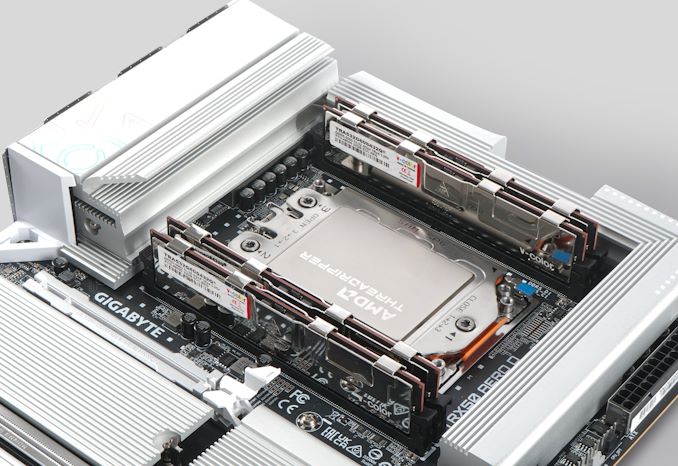
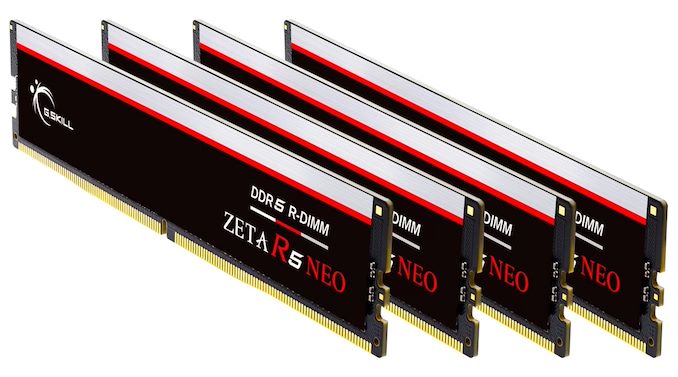
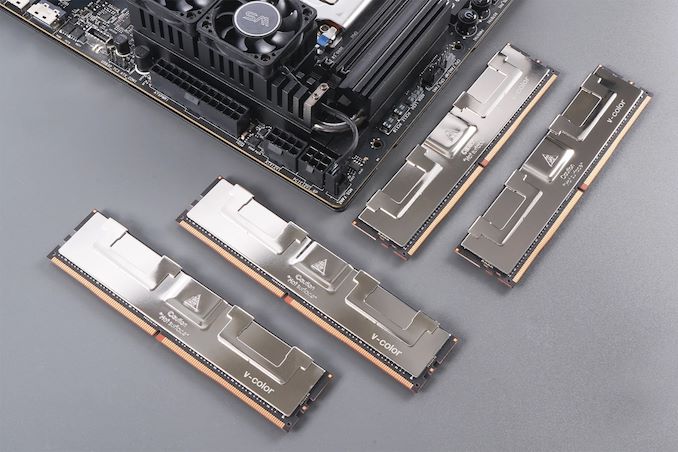

 Quote
Quote


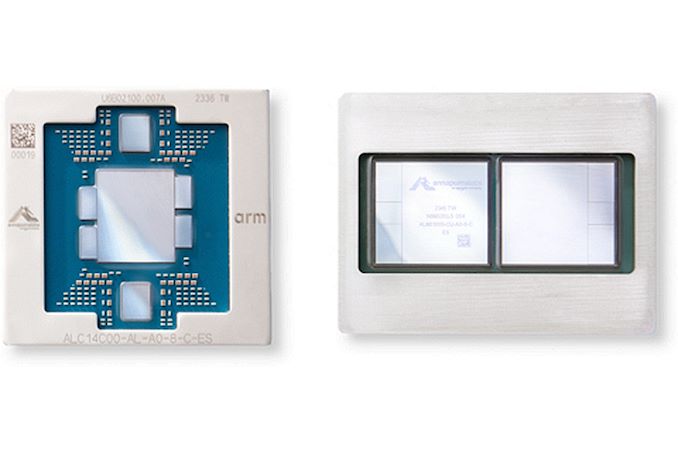
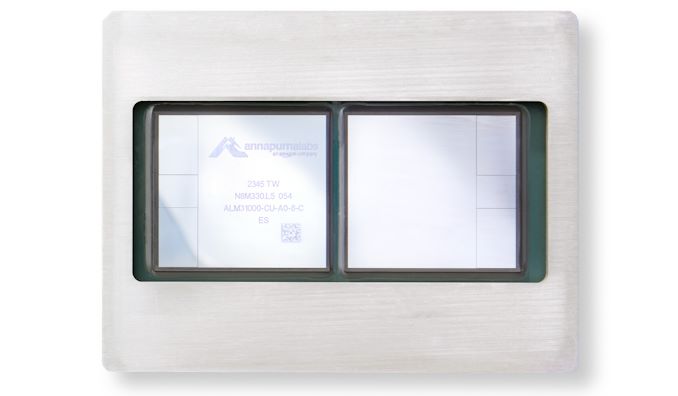
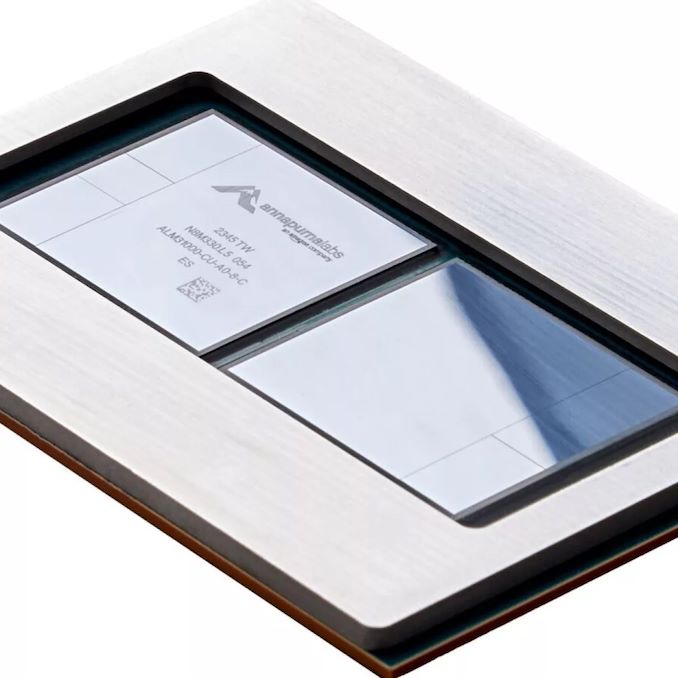
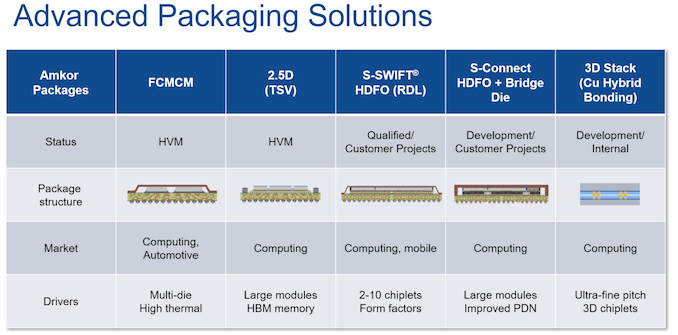
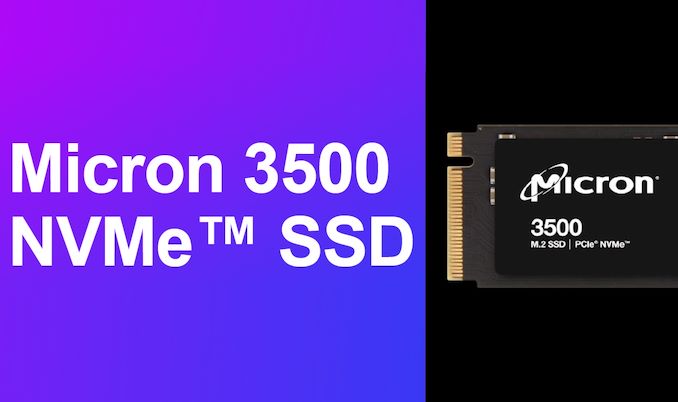
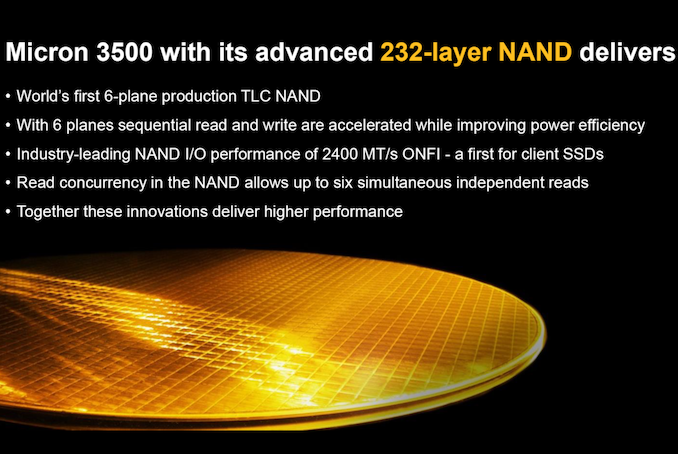
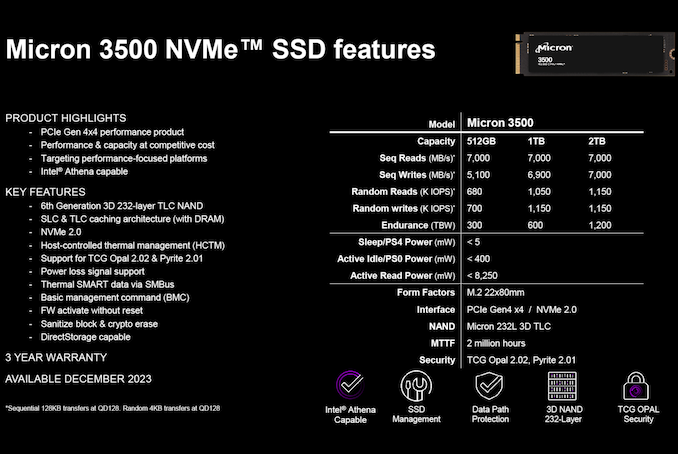
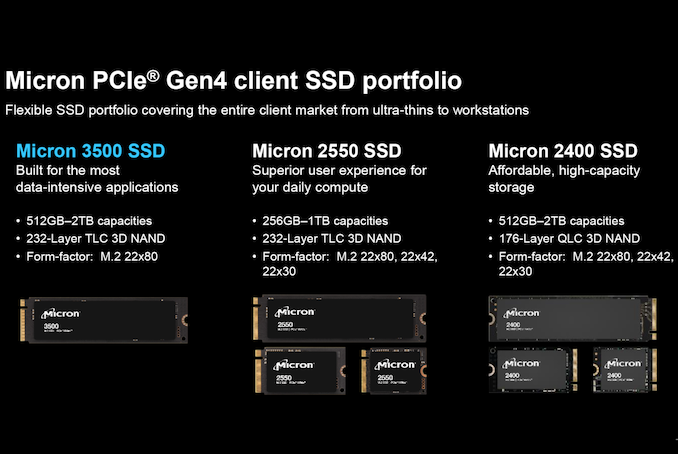
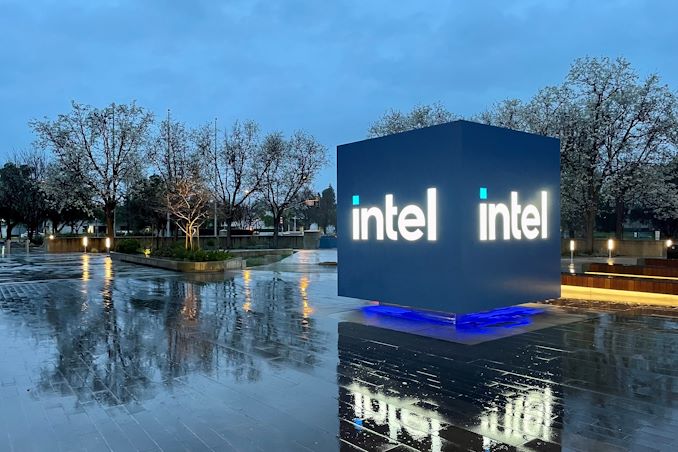
















Bookmarks